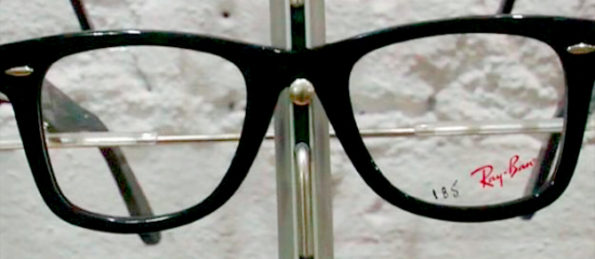Search
To search for an exact match, type the word or phrase you want in quotation marks.
A*DESK has been offering since 2002 contents about criticism and contemporary art. A*DESK has become consolidated thanks to all those who have believed in the project, all those who have followed us, debating, participating and collaborating. Many people have collaborated with A*DESK, and continue to do so. Their efforts, knowledge and belief in the project are what make it grow internationally. At A*DESK we have also generated work for over one hundred professionals in culture, from small collaborations with reviews and classes, to more prolonged and intense collaborations.
At A*DESK we believe in the need for free and universal access to culture and knowledge. We want to carry on being independent, remaining open to more ideas and opinions. If you believe in A*DESK, we need your backing to be able to continue. You can now participate in the project by supporting it. You can choose how much you want to contribute to the project.
You can decide how much you want to bring to the project.

Of all the urban subcultures the hipster seems the hardest to scrutinize. What do hipsters? want? What are they vindicating? What are their ideals? Their style ends up being intriguing, which accelerates the yearning to interpret and decode. There is also an opaque, even repulsive aspect. One of their principal traits is that they end up being loathsome, why? In addition, the masculine hipster is more recognisable than the female version. This subculture based on on a style of its own is urban and consumerist by nature. In accord with blogging sociology, hipstersseek to emancipate themselves from the masses through the singularity of their style, though where it is easiest to find them is in the queue at FNAC. That said, the hipsterstyle is not massively recognisable, as in fashion it’s not mainstream, hence why we can talk of a subculture.
The defining aesthetic traits of a hipster (and as I said, the standard is much more homogenous in men than in women) are the following: from the bottom up, plimsolls without socks, trousers rolled up to show the ankle, some kind of grunge checked shirt, a beard in the style of Joaquin Phoenix in I’m Still Here,and some kind of asymmetric hair cut. Some of their portable gadgets are vintage watches, iPods, caps and colourful fixed-gear bicycles. It goes with saying that auteur film and alternative music are within their cults. Vegetarianism and a healthy living, as well. However, the aspiration to singularity through the style, leads to its homogenisation. The hipster’s behaviour pattern is predictable, subversive in its monad. The hipsterrevolution will be or will not be but it is clear that if it takes place it will occur within the framework of late capitalism. But perhaps its defining trait is that it offers a complication when making decisions regarding the infinity of offers in consumer society.
All considered, it’s not unworthy of a strictly postmodern analysis. The hipster tendency recognises the past as an immense bazar, at the same time as the point of view or perspective by which history is observed is becoming hegemonic. Be it the music of Eels, a touch of the fashion of the New Romantics, Béla Tarr or even the aura of the log cabin of Walden. Or the learned reference, as yet not hackneyed by popular culture. In their most un-ideological version a cupcake or a smoothie are enough to deconstruct them. All this nostalgia for the past shows symptoms of postmodernism. More than the construction of an identity, or collage, one could say that the hipster represents this new form that is the mashup, a category suited to digital culture that mixes and transforms data and functions from different origins and sources into a new and unique composition. The hipster trend has also slipped into art, and now all that’s left is to determine what are the behaviour patterns of the hipsterartist or curator. An aspiration to criticality could well be the first and most important attribute.

Peio Aguirre writes about art, film, music, theory, architecture and politics, amongst other subjects. The genres he works in are the essay and meta-commentary, a hybrid space that fuses disciplines on a higher level of interpretation. He also (occasionally) curates and performs other tasks. He writes on the blog “Crítica y metacomentario” (Criticism and metacommentary).
"A desk is a dangerous place from which to watch the world" (John Le Carré)